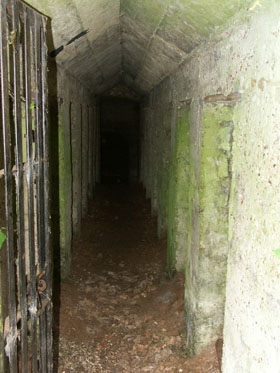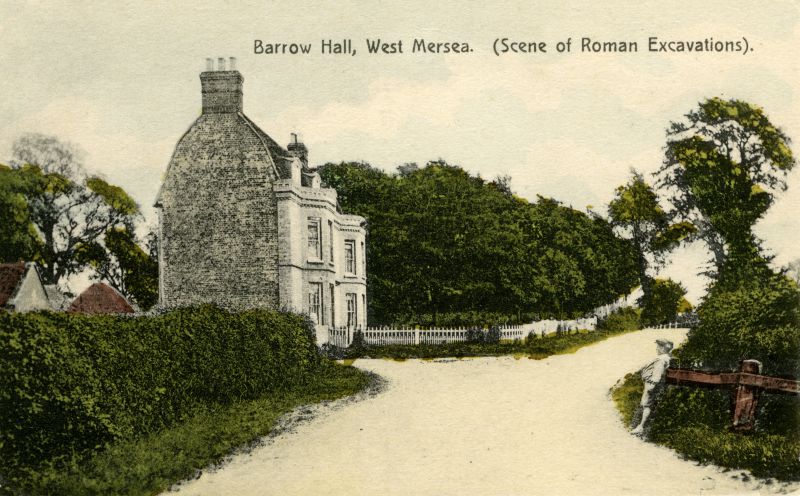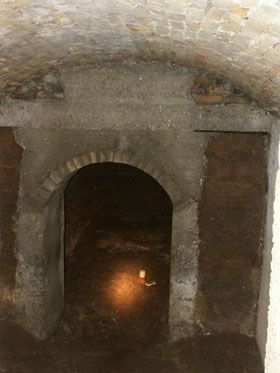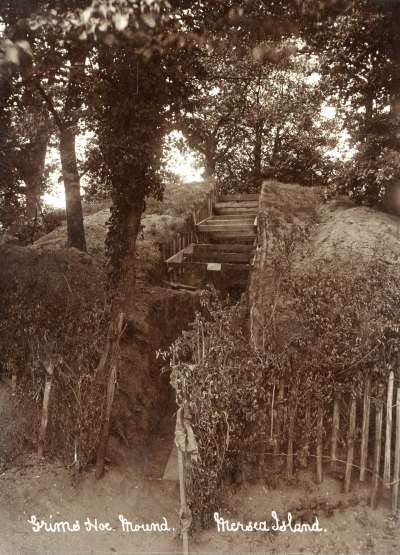

|
|
|
West Mersea Barrow
In 2012, the lead box and its contents returned to Mersea for the first time in 100
years, to be exhibited at Mersea Museum for the summer. The opportunity was then
taken to have the bones analysed to try and find out more about the person buried in
the Barrow.
The bone report revealed that the deceased was a male between 35 and 45. Even more significant was the
discovery on the bones of a rare combination of pine resins and precious frankincense from East Africa.
Pottery fragments re-analysed put the estimated date for the barrow construction around 150AD, a little
later than earlier estimates.
Click here to read about the results of the analysis.
The bones returned to Colchester Museum in 2021 as part of the Decoding the Roman Dead special exhibition October 2021 to January 2022. Before the exhibition, further analysis was done. It was now possible to perform strontium isotope analysis on the small petrous bone located near to the ear. Results revealed that the individual may have spent their early years in western Germany or southern Gaul (southwest Belgium). See Results of Further Research. May 2022 the bones were back on the Island and on display in Mersea Museum. We are grateful to Colchester and Ipswich Museums for the loan of the bones and their help in getting them here.
Mersea Museum organises open days at the barrow from time to time.
Do you want to know more? Follow the links below to view some historic and recent reports on the Barrow: Extracts from the report on the 1912 excavation of the Barrow View full report on the 1912 excavation of the Barrow 1969 article from Essex Countryside on Mersea Barrow June 2013 article on the analysis of the Bones from the Barrow May 2013 Cremated Bone Report by Jacqueline McKinley (opens in a new window)
May 2013 Report by Rhea Brettell on the residue found on the bones (new window)
2021 Who was the man in the barrow ? - results of further research
The Secrets of the Mound - Mersea Barrow 1912-2012
Wheel Tomb and Child's Burial Tomb" |



